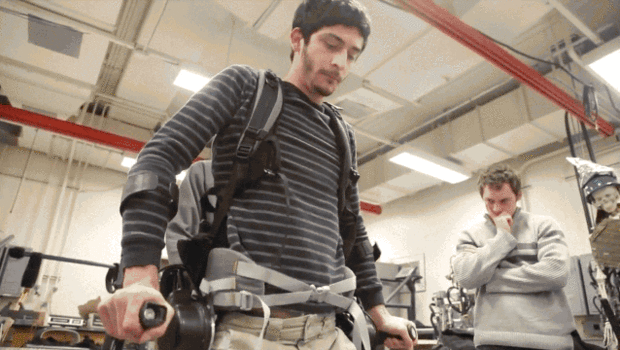Feb 1, 2016
A Budget Exoskeleton Allows Paraplegics To Walk–For The Price Of A Car
Posted by Klaus Baldauf in categories: biotech/medical, cyborgs, robotics/AI, transportation
The Phoenix lets paraplegic people sit, stand, and walk. It costs just $40,000. Here’s how the designers pulled it off.
In 2005, Steven Sanchez was trying to do a flip off a BMX dirt ramp when he was paralyzed from the belly button down. 11 years later, with no miracle surgery to speak of, he stands like any other tourist in line at the Vatican.
“I had this awesome robotic suit on, and nobody cared,” he says. “They just waited for me to move up like everyone else moved up.” It was a moment of incredible, touristy normalcy, provided by a bit of practice—and the Phoenix exoskeleton.




















